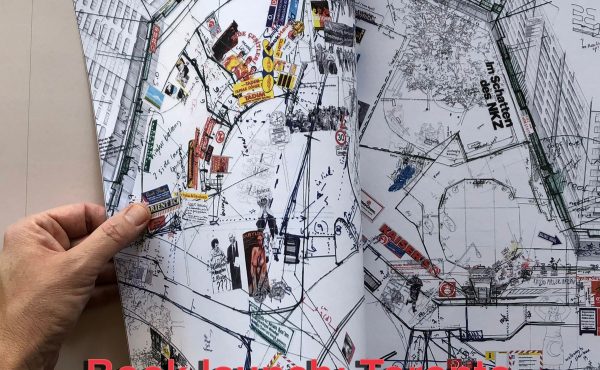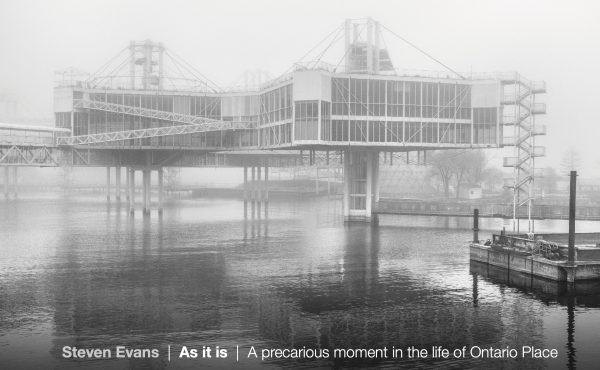Jack Chambers: Light, Spirit, Time, Place and Life crams a lot of nouns into its title, but the AGO’s retrospective of the London Ontario-born artist, on view until May 13, delivers on each one. Chambers, who died in 1978 of leukemia, is best known for his late photo-realist paintings in a style that he called “perceptual realism” that was heavily influenced by surrealism and existential philosophy. However, his vast career also includes early Picasso-esque studies, Warhol-inspired silver paintings and experimental film. The AGO survey is divided into four thematic sections – Light, Spirit, Time and Place– and manages to give order to the incredible range of the artist’s work from the early and awkward Self Portrait No. 2 (1953) in which the artist relies heavily on El Greco to the genuinely unsettling pastel hued McGilvary County (1962) in which soft-focus ancestral portraits float above a bucolic garden. Once Chambers settled into his later realist style, however, he began to produce his best work: monumental canvases of startling, straightforward beauty.
Chambers is, above all, a documentarian of the vast and frequently mundane Canadian landscape, and he takes as his subject matter both the domestic and natural vistas. In Victoria Hospital (1970) he paints a distant view of London, Ontario’s Victoria Hospital from the surrounding snow covered fields, lending the drab, industrial building a sense of purpose and tenacity not unlike a scraggly northern pine clinging to the shore in a Group of Seven study of the Candian Shield. Similarly, 401 Towards London No. 1 (1968) ranks among the most unsparing Canadian landscapes ever painted. The huge oil on mahogany painting depicts the view of the 401 westbound highway as though from the rearview mirror of a car. The sky dominates the painting and the horizon is slightly tilted to suggest the angle of a rearview mirror while the highway recedes into the distance with a lone eighteen wheeler traveling its surface towards London. Some low trees and industrial buildings line the highway and shadows gather on the horizon from the clouds rolling in overhead. Chambers actually stood on a highway overpass to the capture the view, which is too elevated to be that of a car. The attention Chambers lavishes on each detail combined with the semi-omnipotent vantage point leaves the viewer, particularly one who is familiar with the landscape of Southwestern Ontario, with the sense that this uninspiring stretch of highway is perhaps not as inconsequential as it seems.
Chambers is having a bit of a moment and the AGO is careful not privileging one aspect of his oeuvre over another. His tender paintings of his young sons are exquisite and his source photographs and drawings, many of which are on display in the exhibition, provide excellent insight into the artist’s working process as he translated small polaroids into life size canvases. Likewise, the influence of mystical philosophy as he approached death, the mysteries of the unfinished painting Lunch (1969), and the frequent references to Catholicism that are sprinkled throughout his work are all worth a trip to the AGO.
Jack Chambers: Light, Spirit, Time, Place and Life is on display at the Art Gallery of Ontario until May 13, 2012.



